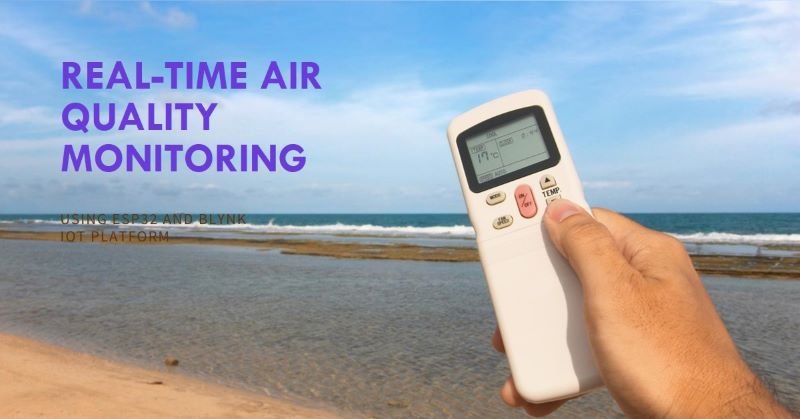5 key Concepts for MQTT Broker in Sparkplug Specification
In this blog post, we will explore the key concepts of MQTT broker in the Sparkplug specification. MQTT (Message Queuing Telemetry Transport) is a lightweight messaging protocol that is widely used in IoT (Internet of Things) applications. The Sparkplug specification is a set of guidelines and best practices for using MQTT in industrial applications. Understanding these key concepts will help you effectively implement and utilize MQTT brokers in your Sparkplug-based IoT solutions.
What is Sparkplug?
Sparkplug is a communication protocol designed for industrial IoT (Internet of Things) applications. It provides a standardized way for devices and systems to exchange data and communicate with each other in a secure and efficient manner.
Developed by Cirrus Link Solutions, Sparkplug is built on top of the MQTT (Message Queuing Telemetry Transport) protocol, which is widely used in IoT applications. It adds additional functionality and features specifically tailored for industrial environments.
With Sparkplug, devices can publish data to a central broker, which acts as a messaging hub and other devices can subscribe to this data in real-time. This enables seamless communication and collaboration between different devices and systems, making it easier to monitor and control industrial processes.
Key Features of Sparkplug
- Sparkplug provides a mechanism for devices to discover each other on the network and exchange configuration information.
- Sparkplug uses a flexible and extensible data model, allowing devices to define their data structures and relationships.
- Sparkplug supports state management, which means devices can publish their current state and any changes to that state.
- Sparkplug provides robust security mechanisms, including authentication, encryption, and access control, to ensure the confidentiality and integrity of the communication.
- Sparkplug is designed to handle large-scale industrial deployments with thousands of devices. It optimizes network bandwidth and minimizes latency, allowing for efficient and reliable communication even in challenging environments.
Concepts for MQTT Broker in Sparkplug Specification
1. MQTT Broker
An MQTT broker is a server that acts as a central hub for IoT devices to exchange messages. It receives messages from publishers and forwards them to subscribers based on the topic hierarchy. In the context of the Sparkplug specification, the MQTT broker plays a important role in facilitating communication between edge devices and the backend systems.
2. Topics and Topic Hierarchy
Topics are an essential part of MQTT communication. They serve as the addressing mechanism for messages. In the Sparkplug specification, topics are organized in a hierarchical structure to enable efficient and scalable communication. The topic hierarchy is defined using a dot notation, allowing for a logical grouping of related topics.
For example, consider a topic hierarchy for a manufacturing plant:
- plant/line1/machine1/status
- plant/line1/machine2/status
- plant/line2/machine1/status
In this example, the topics are organized based on the plant, line, and machine. This hierarchical structure allows for easy filtering and subscription to specific subsets of topics.
3. Payload Format
The payload is the actual data being sent over MQTT. In the Sparkplug specification, the payload format is defined to ensure interoperability and consistency across different implementations. The payload typically consists of key-value pairs, where the keys represent the data points or attributes, and the values represent their corresponding values.
For example, a payload for a machine status message could include attributes such as temperature, pressure, and operating status:
{
"temperature": 25.5,
"pressure": 30.2,
"status": "running"
}
By adhering to the payload format defined in the Sparkplug specification, MQTT brokers and clients can easily interpret and process the data exchanged between devices.
4. Quality of Service (QoS)
Quality of Service (QoS) is an important aspect of MQTT communication. It determines the level of guarantee for message delivery. In the Sparkplug specification, QoS levels are defined to ensure reliable and efficient communication between devices and the MQTT broker.
There are three levels of QoS:
- QoS 0 (At most once): The message is delivered once, without any guarantee of delivery.
- QoS 1 (At least once): The message is guaranteed to be delivered at least once, but duplicates may occur.
- QoS 2 (Exactly once): The message is guaranteed to be delivered exactly once, without duplicates.
Choosing the appropriate QoS level depends on the specific requirements of your IoT application. For example, critical data may require QoS 2 to ensure reliable delivery, while non-critical data may be suitable for QoS 0 to minimize network overhead.
5. Retained Messages
Retained messages are another concept introduced in the Sparkplug specification. When a message is published with the “retained” flag set, the MQTT broker stores the message and delivers it to new subscribers who join the topic. This allows devices to receive the latest state or configuration information upon connection.
Retained messages are particularly useful in scenarios where devices need to synchronize their state or retrieve the latest configuration settings. By leveraging retained messages, devices can efficiently retrieve the most up-to-date information without relying on additional requests or polling.
Conclusion
We explored the key concepts of MQTT broker in the Sparkplug specification. Understanding these concepts is crucial for effectively implementing and utilizing MQTT in industrial IoT applications. By leveraging the power of MQTT brokers, topics and topic hierarchy, payload format, quality of service and retained messages, you can build scalable and efficient IoT solutions that meet your specific requirements.




